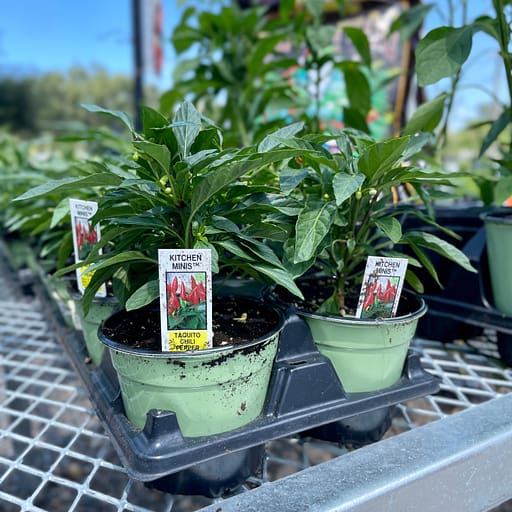
We’ve already discussed how and when to start seeds, the benefits of companion planting, and how to pick the right soil. Now let’s combine all that knowledge to create a practical veggie garden. Here are three tips.
One: Location. Plant everything in an area that’s easily accessible, located in full sun, with water nearby. This might sound crazy, but if your veggies are in a spot that you never visit in your yard, you might forget about them.
Two: Determine how much you can handle. If you’re new, we recommend starting with just a few, focusing on those crops, and working up your skills. At the same time, plant accordingly. One or two lettuce plants wouldn’t make a lot of salad, but a larger patch will produce leaves all season long. Conduct research to see how much you’ll need in your kitchen.
Three: Keep fertilizers and treatments on hand. Be proactive and check your garden daily. It’s easier to catch a nutrient deficiency or pest problem early on instead of treating it at a later stage.
And make sure to attend our free Fall Veggie Garden Seminar this Saturday, Sept. 16, at 10 am in the greenhouse. Joey will discuss fall veggie gardening in-depth and answer all your questions. We hope to see you then!
